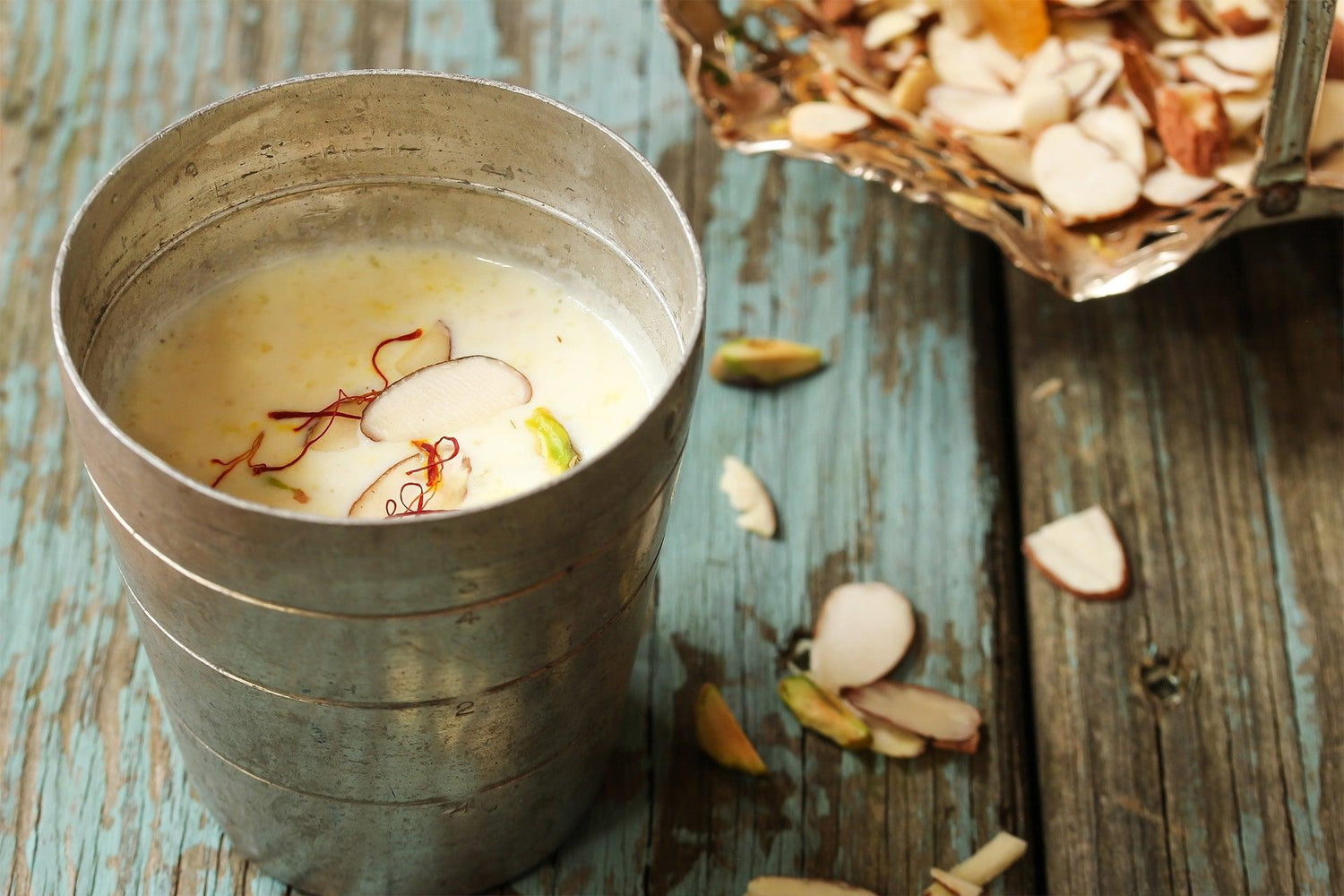Information :
Allamanda is a genus of flowering plants in the dogbane family, Apocynaceae. The genus is native to the tropics of the Americas, and it is widely grown for its showy, yellow, trumpet-shaped flowers. Some of the common species of Allamanda include Allamanda cathartica, also known as the golden trumpet or yellow trumpet, and Allamanda blanchetii, also known as the purple allamanda. These plants are commonly grown as ornamental plants in tropical and subtropical regions, and they are popular for their bright, showy flowers that bloom throughout the summer months. They are often grown in gardens, along fences, or in pots and containers, and they are a popular choice for use in landscaping, especially in warm climates. In addition to their ornamental value, Allamanda plants have also been used in traditional medicine in some cultures to treat various ailments, including skin diseases and fevers. However, it is important to note that some species of Allamanda contain toxic compounds and should be used with caution. It is always best to consult with a healthcare professional before using any plant for medicinal purposes.
Uses :
Ornamental Plant: One of the main uses of Allamanda is as an ornamental plant. With its bright, showy flowers and attractive foliage, it is a popular choice for adding color and interest to gardens, landscapes, and indoor spaces.
Landscaping: Allamanda is often used in landscaping for its ornamental value and for its ability to attract pollinators, such as bees and butterflies, to the garden. It can be grown as a shrub, a vine, or a container plant, and it is a popular choice for use in borders, along fences, or as an accent plant.
Cut Flowers: The bright, showy flowers of Allamanda are often used in cut flower arrangements, adding a touch of color and interest to bouquets and centerpieces.
Hedging: Some species of Allamanda can be grown as hedges, providing a colorful and attractive border to a garden or landscape.
Medicinal Uses: Some species of Allamanda have been used in traditional medicine to treat various ailments, including skin diseases and fevers. However, it is important to note that some species of Allamanda contain toxic compounds and should be used with caution. It is always best to consult with a healthcare professional before using any plant for medicinal purposes.
Toxic Uses: In some parts of the world, Allamanda plants have been used for their toxic properties to control pests, such as insects and rodents. However, care should be taken when using Allamanda for this purpose, as the plant can also be toxic to humans and pets.
Share a photo and tag us @maprofoods and get featured!

Description:
Mapro Kesar Sharbat is a sweet and refreshing drink made with the delicious flavor of saffron. It’s perfect for hot days, giving you a cool and tasty experience. Just mix it with water or milk, and you have a refreshing drink to enjoy anytime. Mapro Kesar Sharbat is a great way to enjoy the unique taste of saffron in a simple, easy-to-make drink!







